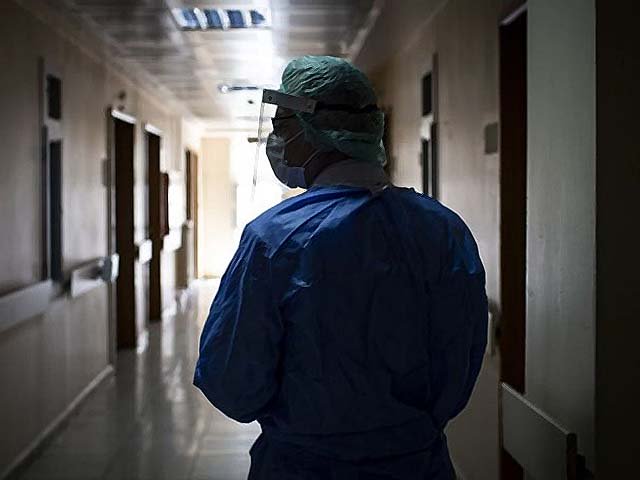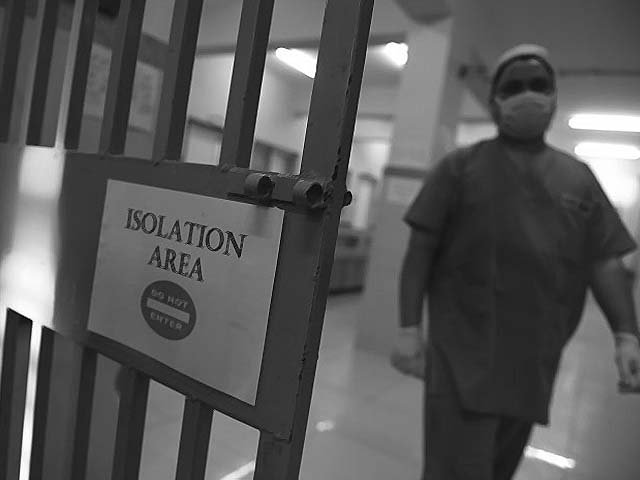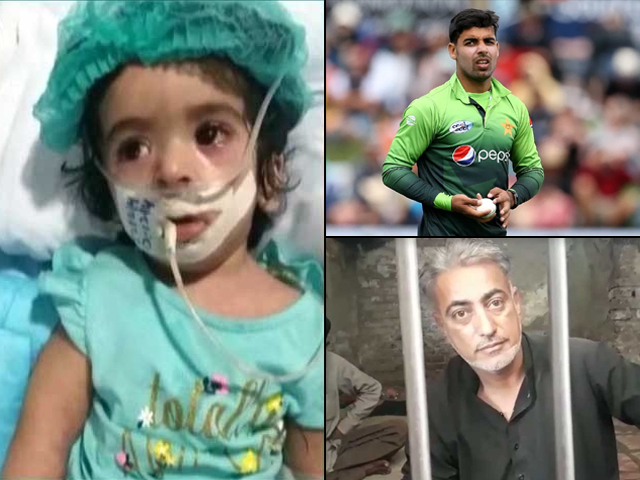
As her doctor, could I have done more?
I witnessed remarkable drama and dynamics when family members began arguing and shouting at Aleya’s bedside.
My ER shift started in chaos.
“Does it have something to do with today being Friday the 13th?” I wondered, although not really being all that superstitious. I knew it was just a momentary thought.
On bed 13 lay Aleya, a 13-year-old previously normal and healthy girl, and the youngest of 13 siblings. To add insult to injury, she got ‘tubed’ (intubated), unsurprisingly, at 1300 hours. But I get ahead of myself, so let’s start at the beginning.
For the past 13 days, Aleya had been running a ‘very high’ fever, not confirmed by a thermometer.
“Jism bahut garam tha,” (The body was really hot) said her 18-year-old brother, repeating the fever-detection-by-hand story that I must have heard over a thousand times ever since I started working in the paediatric Emergency Room (ER) a few years ago.
I didn’t say anything to Aleya’s brother then as I was tired of getting on the soap box about the inaccuracy of that approach to detect fever.
“Get a thermometer next time, or use one, if it’s already available at home,” I said to myself instead.
More concerning than what we doctor types call ‘subjective fever’, was the fact that Aleya had become progressively drowsy. The family started taking it more seriously when, over the past two days, Aleya was unable to walk without stumbling.
After visiting a community clinic and a small hospital in the low-income neighbourhood of Korangi in the sprawling megalopolis of Karachi, Aleya ended up in my ER at midnight.
By the time I saw her the next morning, she was in critical condition. Was she suffering from dengue? Or cerebral malaria? Or typhoid? Or perhaps Congo Crimean fever, given the close proximity to sacrificial animals in the compound where she would often play? Did she have meningitis or encephalitis? We never did find out to our satisfaction, in spite of the battery of tests we ran.
Her Glasgow Coma Scale (GCS) was five: she was not opening her eyes and moving her arms purposelessly when given a painful stimulus. For the discerning reader who might erroneously jump to conclusions: the ‘painful stimulus’ phrase above is used to gauge consciousness by us medics – it’s not some God awful experimental intervention on human subjects (aka patients). A GCS of five essentially meant that she was at risk of losing her airway (being unable to breathe on her own) if she clinically deteriorated further.
Given her precarious state, I had reached difficult cross-roads: to tube or not to tube?
“We need to tube her to protect her airway,” said one team member.
“What if there isn’t a bed and ventilator in the paediatric ICU… what then?” asked another.
“What if they don’t have enough money to afford care here?” enquired a third.
As is the norm in such circumstances, I approached the next of kin at the bedside as part of the ‘patient-family cantered care’ model we promote in the ER. Unfortunately, the child’s father, the primary decision maker was out on the streets trying to arrange finances for hospital admission.
So the decision to tube the patient fell squarely on the shoulders of the male family member present there; her 18-year-old brother. He told me to go ahead, but his dazed look indicated he did not understand the gravity of the situation. Perhaps that was the reason he got upset with me after we had tubed Aleya at 1300 hours.
“Doctor, you said she would get better once she got the tube inside. Before the tube went in she was at least able to breathe on her own. In fact, she was better before we brought her to this ER”.
By that time I was frustrated with their inconsistent decision-making and distrust in the ER team.
Once Aleya’s father was back, I realised that he didn’t seem too eager about keeping Aleya there: the lack of finances was most likely the culprit.
“Perhaps because there’s a daughter involved. Had it been a son then the family would’ve paid up instantly,” one of the senior residents speculated.
“The father needed assurance that paying the advance would guarantee the improvement of the child,” the resident continued.
I witnessed remarkable drama and dynamics when family members began arguing and shouting at Aleya’s bedside. It seemed like they were split right in the middle regarding what course of action to take. There were two camps: one represented by a few of her siblings who wanted us to ‘save and cure’ her there and then. Her father and three other siblings, representing the other camp, were sceptical about the return on investment vis-à-vis paying for her care there. I felt that both sides were unrealistic in their expectations but there was no point counselling them further.
Once all that real-life drama had played itself out, the final decision was taken by the father, who chose to transfer Aleya to another hospital where she could be on the ventilator and the cost of medical care would be more affordable for the family.
Later that day, once the ER became less chaotic, several hours after Aleya had been transferred out, I had a moment to reflect on the above events and I realised:
1. I had been conflicted about ‘tubing’ Aleya and then sending her to a hospital of which I had little, if any, evidence regarding their quality of medical care.
2. I had been unable to tell the family with any degree of confidence what Aleya’s ultimate clinical outcome would be.
3. Although it was serious decision-making about directing the outcome of a sick child, the said outcome was not really in my control.
I haven’t related this narrative to anyone as yet, but since that eventful Friday the 13th, it’s like a film reel playing in my head that loops back repeatedly. It has got me thinking about similar episodes over the past three years, since I’ve been working in Karachi, after practicing in Houston.
'Am I impacting the health of sick kids I see in Karachi with my medical expertise?' is what I’m really trying to address through this narrative writing, I suppose.
At times it feels like a cross that I would rather not bear, given the huge responsibility of implementing care in an acute phase and then simply passing the patient, like a baton, to someone else, either in the same hospital or another. At other times the same events are grounding because they are unique teaching and learning moments for me primarily – moments that I consider part of my inner journey. These events highlight life’s transience and preciousness – a constant reminder not to sweat the small stuff.
Perhaps this is my conundrum: trying to resolve my various conflicts – a curse of introspection.
Not all narratives can neatly achieve closure. This is one of them.




COMMENTS (3)
Comments are moderated and generally will be posted if they are on-topic and not abusive.
For more information, please see our Comments FAQ